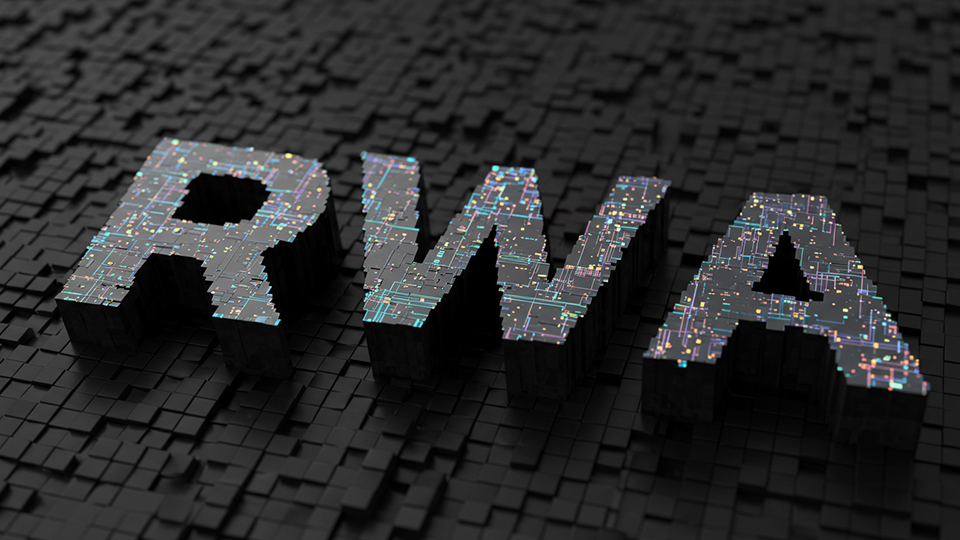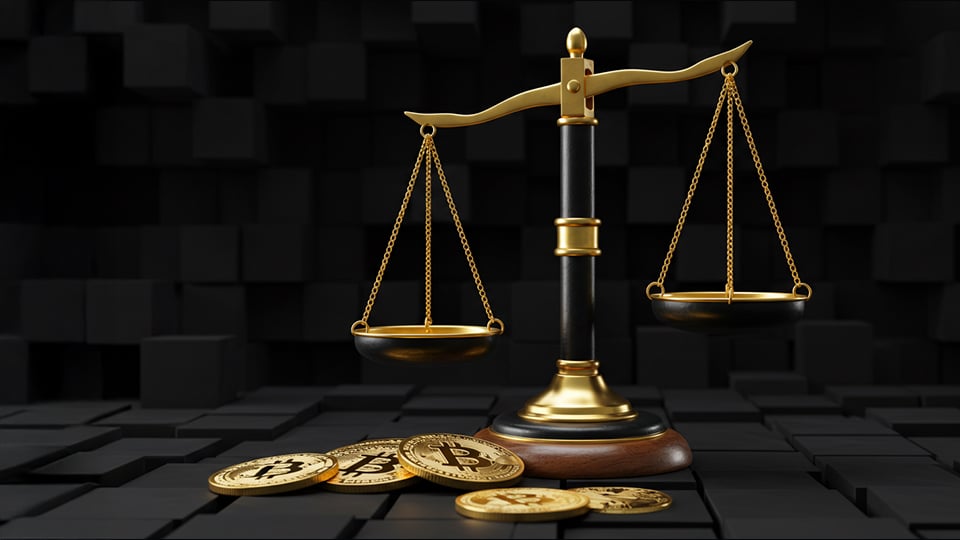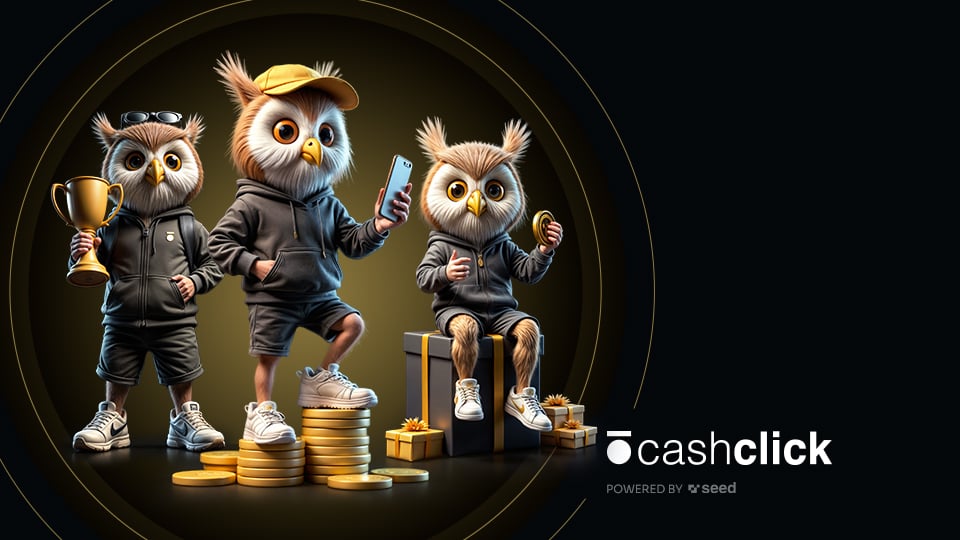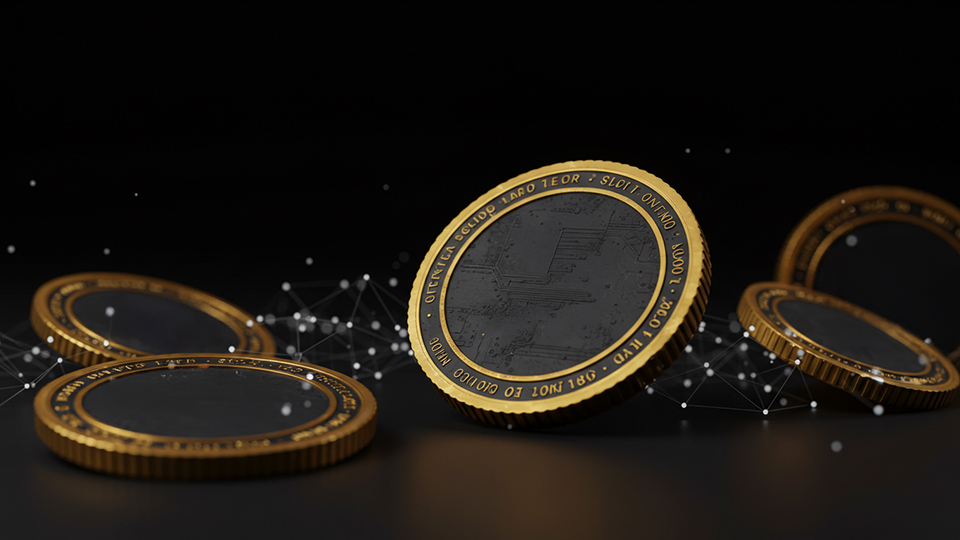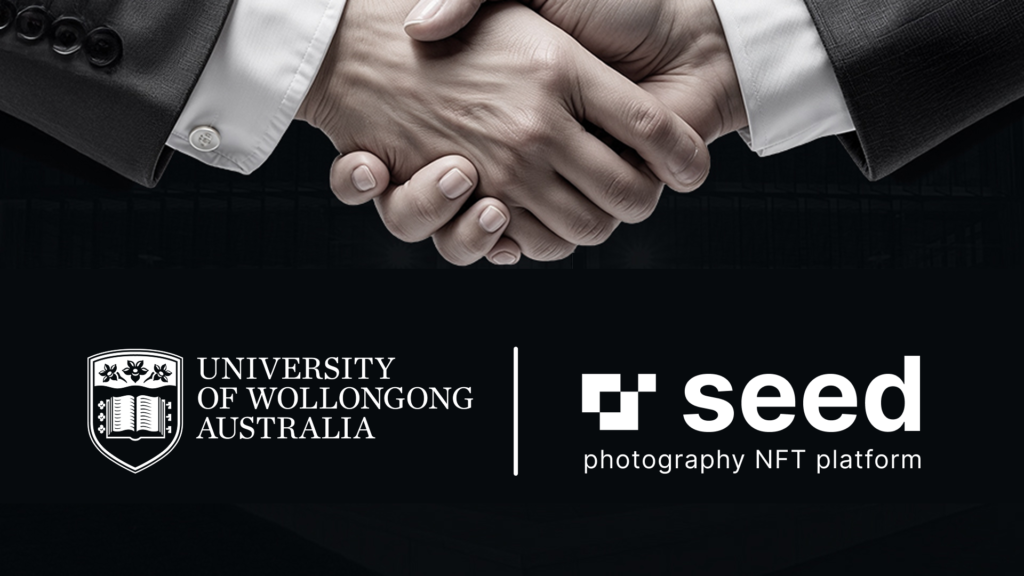Blog
News and insights from the Seed team
Updates, stories, and tips on everything in between—all in one place.

Real-World Asset (RWA) tokenization is reshaping traditional finance by bringing tangible assets like real estate, art, and commodities onto the blockchain. This innovation boosts liquidity by enabling fractional ownership, increases accessibility for a wider range of investors, and enhances transparency through immutable digital records. By streamlining transactions and reducing costs with smart contracts, RWA tokenization eliminates many inefficiencies of traditional systems. It also opens global markets to broader participation and introduces new revenue models through programmable ownership. Together, these benefits make tokenization a powerful catalyst for modernizing asset investment.
You might also enjoy
Real-World Asset (RWA) tokenization is reshaping traditional finance by bringing tangible assets like real estate, art, and commodities onto the blockchain. This innovation boosts liquidity by enabling fractional ownership, increases accessibility for a wider range of investors, and enhances transparency through immutable digital records. By streamlining transactions and reducing costs with smart contracts, RWA tokenization eliminates many inefficiencies of traditional systems. It also opens global markets to broader participation and introduces new revenue models through programmable ownership. Together, these benefits make tokenization a powerful catalyst for modernizing asset investment.
Real-world asset (RWA) tokenization bridges physical and digital economies by converting tangible assets like real estate, art, or commodities into blockchain-based tokens. This innovation enhances liquidity, transparency, and accessibility, while enabling fractional ownership and global trading. As blockchain and regulations evolve, RWA tokenization is set to reshape traditional finance.
As the crypto ecosystem evolves, the importance of regulatory frameworks becomes undeniable. From safeguarding investors to promoting sustainable growth, regulation is playing a pivotal role in guiding innovation in the crypto token landscape. This article explores how the balance between oversight and innovation can shape the future of digital assets, offering clarity to developers, security to users, and confidence to institutional players.
CashClick: From Telegram Bot to Web-Based Rewards
CashClick, launched on September 1st, has evolved from a Telegram minibot into a seamless web-based platform. Users earn SEED.Photo tokens by engaging with content, contributing photography, and completing tasks. With features like Token Swaps and Airdrops, CashClick enhances accessibility, rewards, and community engagement.
Building user loyalty in crypto requires strategic incentives, strong tokenomics, and active community engagement. Airdrops, staking rewards, and governance participation encourage long-term commitment, while well-structured token economies enhance value. As blockchain evolves, AI-driven rewards and gamification will shape the future of loyalty programs, ensuring sustainable user retention.
Cross-chain bridges enable seamless transfers of crypto assets between different blockchain networks, enhancing interoperability, liquidity, and efficiency. They work by locking tokens on one chain and minting equivalents on another, using mechanisms like wrapped tokens and liquidity pools. While they expand DeFi and NFT use cases, they also face security risks, centralization concerns, and transaction delays. Future innovations like decentralized validation and zero-knowledge proofs aim to improve security and efficiency, making cross-chain bridges essential for blockchain’s evolution.
Web3 is revolutionizing digital ownership and finance through NFTs and crypto tokens, but sustainability remains a challenge. Energy-efficient blockchains like Ethereum 2.0 and Solana are reducing environmental impact, while decentralized finance (DeFi) fosters economic inclusion. Despite hurdles like scalability, regulation, and market volatility, ongoing innovations aim to create a more sustainable, fair, and eco-friendly digital future.
The rise of Web3 technologies has fueled discussions on whether decentralized social media can replace traditional platforms like Facebook and Twitter. By leveraging blockchain, decentralized networks offer greater data privacy, reduced censorship, and new monetization models. However, challenges such as scalability, user experience, and content moderation hinder widespread adoption. While Web3 may not fully replace traditional platforms, a hybrid model integrating decentralized elements could shape the future of social media.
Before investing in tokens, it's essential to understand their fundamentals, utility, and potential risks. Tokens serve different purposes, including utility, security, governance, and stability. Evaluating key factors—such as tokenomics, project team, security, market trends, and liquidity—helps investors make informed decisions. With the crypto market's volatility, thorough research ensures smarter investments and reduces risks. Whether you're a beginner or experienced investor, understanding a token’s real-world application and long-term potential is crucial for success in the digital asset space.
Understanding key evaluation metrics is crucial to making informed decisions in the ever-evolving cryptocurrency market. These metrics, such as market capitalization, trading volume, and the balance between circulating and total supply, provide insights into a project's size, liquidity, and potential inflation. Additionally, assessing a cryptocurrency's utility, developer activity, and community strength highlights its real-world adoption prospects and long-term viability. Security, governance, and strategic partnerships further enhance a project's credibility and adaptability. By combining these indicators, investors and enthusiasts can gain a comprehensive perspective on a cryptocurrency's value and sustainability, avoiding reliance on any single metric.
Seed.Photo and the University of Wollongong (UOW) are collaborating to revolutionize digital art by addressing challenges like intellectual property protection, AI's role in creativity, and NFT governance. Through blockchain and Web3 technologies, this partnership empowers artists, fosters trust, and drives innovation, paving the way for a thriving, secure, and inclusive digital art ecosystem.
How to Launch and Promote Your Crypto Token
Creating a successful cryptocurrency token requires a clear purpose, robust technical development, and strategic marketing. Key steps include defining your token's use case, choosing the right blockchain platform, developing secure smart contracts, drafting a compelling whitepaper, planning a compliant token sale, building an online presence, and nurturing a strong community. With careful planning and adaptability, you can position your token for long-term success in the competitive crypto space.
Load more
